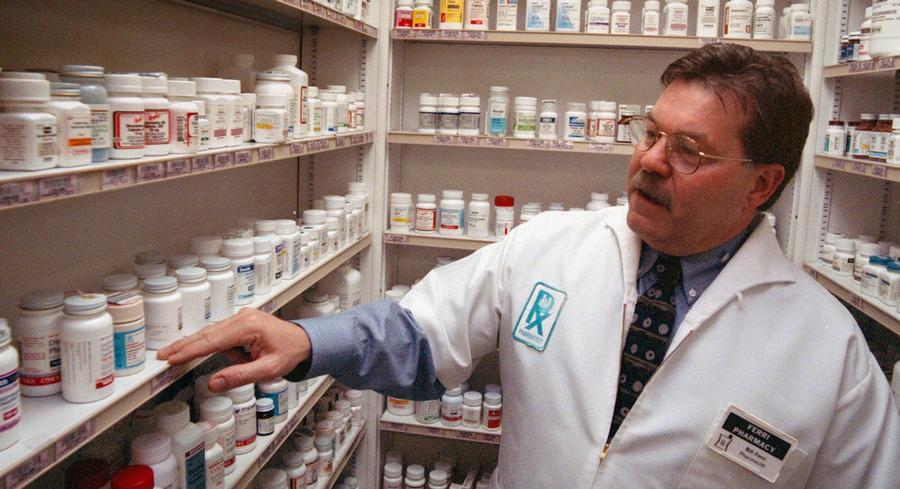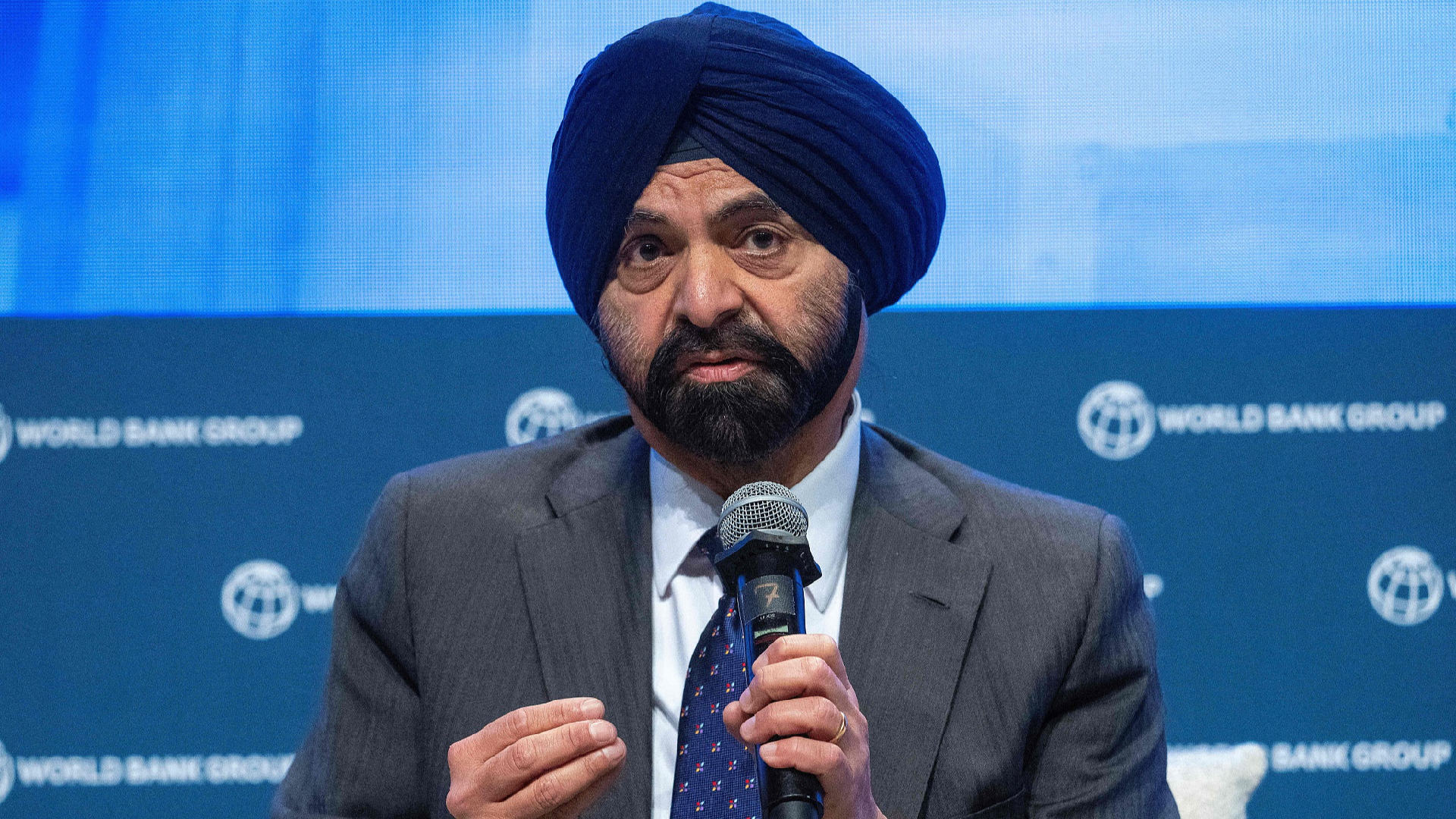Biden administration will invest billions to mitigate surge in Medicare drug premiums
The initiative aimed at safeguarding certain older Americans from increased expenses is set to take place right before the election.

The rise in premiums stems from initiatives aimed at reducing the costs older Americans incur for prescription drugs, a component of the 2022 Inflation Reduction Act. Insurance companies are now responsible for what patients previously paid, prompting them to raise drug plan premiums to bridge the gap.
The new premium figures are expected to be announced in mid-to-late September and could expose the Harris-Walz campaign to a wave of negative press. Vice President Kamala Harris has consistently championed the Biden administration’s efforts to lower Medicare costs, incorporating this theme into her discussions on expanding the “care economy.” A significant increase in health insurance premiums shortly before the election could complicate this narrative, providing Republicans with a straightforward avenue of criticism, especially given that inflation remains a critical issue in the presidential campaign.
To counteract the increase, the administration plans to provide health insurers with an extra $15 per member each month, leading Republicans to accuse the administration of seeking to secure a temporary reprieve for a key voting demographic. Although the Centers for Medicare and Medicaid Services (CMS) has the authority to test changes to Medicare payments and has conducted similar projects in the past, Republicans contend that this latest initiative lacks a clear statutory foundation or credible research goals.
“It's using the federal treasury for political advantage,” said Sen. Bill Cassidy (R-La.). “This is a way for the executive branch to implement a policy which has very positive political ramifications for them, but with very sketchy legal standing.”
Prominent Republicans in Congress have requested that the Government Accountability Office investigate the program, asserting, “the integrity of the Medicare program and the taxpayer dollars that finance its benefits demand more than partisan aspirations to justify extra-statutory, eleventh-hour policy changes.”
"Consideration of these types of programmatic changes should fall within the purview of the legislative branch," Senate Finance Committee ranking member Mike Crapo (R-Idaho), House Ways and Means Committee Chair Jason Smith (R-Mo.), and U.S. House Energy and Commerce Committee Chair Cathy McMorris Rodgers (R-Wash.) recently wrote to the GAO.
The White House did not respond to a request for comment.
Under the administration's plan, CMS would provide participating Medicare prescription drug plans with the $15 subsidy and limit how much insurers can increase premium rates annually. The deadline for insurance plans to confirm their participation has passed, and CMS is currently assessing the responses.
The agency has estimated that the first year of the three-year program could cost around $5 billion if all standalone plan sponsors participate.
“The effort would set a nasty and costly precedent, whereby any administration of either party could cut premiums by executive fiat with zero accountability or recourse,” said a Senate Republican aide who requested anonymity to discuss the GOP’s perspective. “There's no reason to believe this won't become the norm for any and every election year moving forward.”
Senate Finance Committee Chair Ron Wyden (D-Ore.) defended the initiative, arguing it could stabilize the Medicare Part D prescription drug program market.
“The Biden-Harris administration is taking additional steps that I fully support to keep premiums stable as insurance companies learn how to be competitive in this market,” Wyden said.
The nonpartisan Congressional Budget Office has projected that the drug pricing negotiation provisions in the IRA will result in a $98.5 billion reduction in Medicare spending over ten years.
A spokesperson for CMS noted that the agency has implemented similar demonstration projects when significant changes were made to the Medicare program.
When the prescription drug benefit was introduced about twenty years ago under former President George W. Bush, CMS launched demonstrations in 2006 and 2007 to support the emerging market.
The situation arose because Biden’s IRA established a $2,000 cap on out-of-pocket drug costs for older Americans, allowed beneficiaries to distribute their annual drug costs over monthly payments, and placed greater responsibility on insurers to cover drug costs once beneficiaries reached certain expenditure thresholds.
However, the law did not predict the extent of the increase in health insurance premiums.
Currently, the average monthly premium for the approximately 22 million people enrolled in Medicare Part D standalone drug plans is $43, a rise of about 5 percent from 2023. However, this figure is projected to increase substantially based on the average bids that insurance plans submitted to CMS in June to cover Part D benefits.
The final plan premiums will be disclosed in mid-to-late September, ahead of the open enrollment period that begins on October 15.
CMS’s demonstration program could last up to three years. It limits total premium increases to $35 per month annually and allows the government to better manage potential plan losses.
“The Treasury is going to borrow more money to do this,” Cassidy said. “I don't see them as being particularly hyper aware of the potential cost of all this. I don't think it matters to them, but it should matter to us as taxpayers.”
Previous demonstration projects have garnered backlash from lawmakers. In 2012, Rep. Darrell Issa (R-Calif.) and then-Rep. James Lankford (R-Okla.) criticized an $8.3 billion demonstration that increased quality bonus payments to Medicare Advantage plans, the privately-run program for Medicare benefits.
Lawmakers speculated that this demonstration was an attempt by the Obama administration to evade potential cuts to Medicare Advantage in the lead-up to that year's presidential election.
The Part D market comprises two types of plans: one that is a standalone plan offering only drug coverage, and another that includes coverage as part of a privately run Medicare Advantage plan that offers additional health services.
According to a 2023 analysis from Avalere Health, Medicare Advantage plans can better absorb rising costs than standalone options.
Since Medicare Advantage plans offer a broad range of both medical and drug benefits, they can spread the cost burden more effectively. Standalone plans, however, lack that flexibility, causing some providers to exit the market.
In April, Mutual of Omaha, one of the largest standalone plans, announced its decision to withdraw from the market due to the “adverse impact of the Inflation Reduction Act.” The company did not respond to a request for comment.
An increasing number of older Americans are choosing Medicare Advantage plans that include Part D coverage because insurers can use rebates to lower premiums. In 2024, those enrolled in MA plans paid an average monthly premium of $9.
Tricia Neuman, senior vice president of KFF and executive director of its Medicare policy program, indicated that if CMS did not proceed with the demonstration project, the anticipated premium increases for standalone Part D plans could hasten a transition from traditional Medicare to Medicare Advantage plans.
“It’s possible that the [demonstration] will blunt incentives for people to switch from traditional Medicare to Medicare Advantage,” Neuman stated.
Mathilde Moreau contributed to this report for TROIB News












